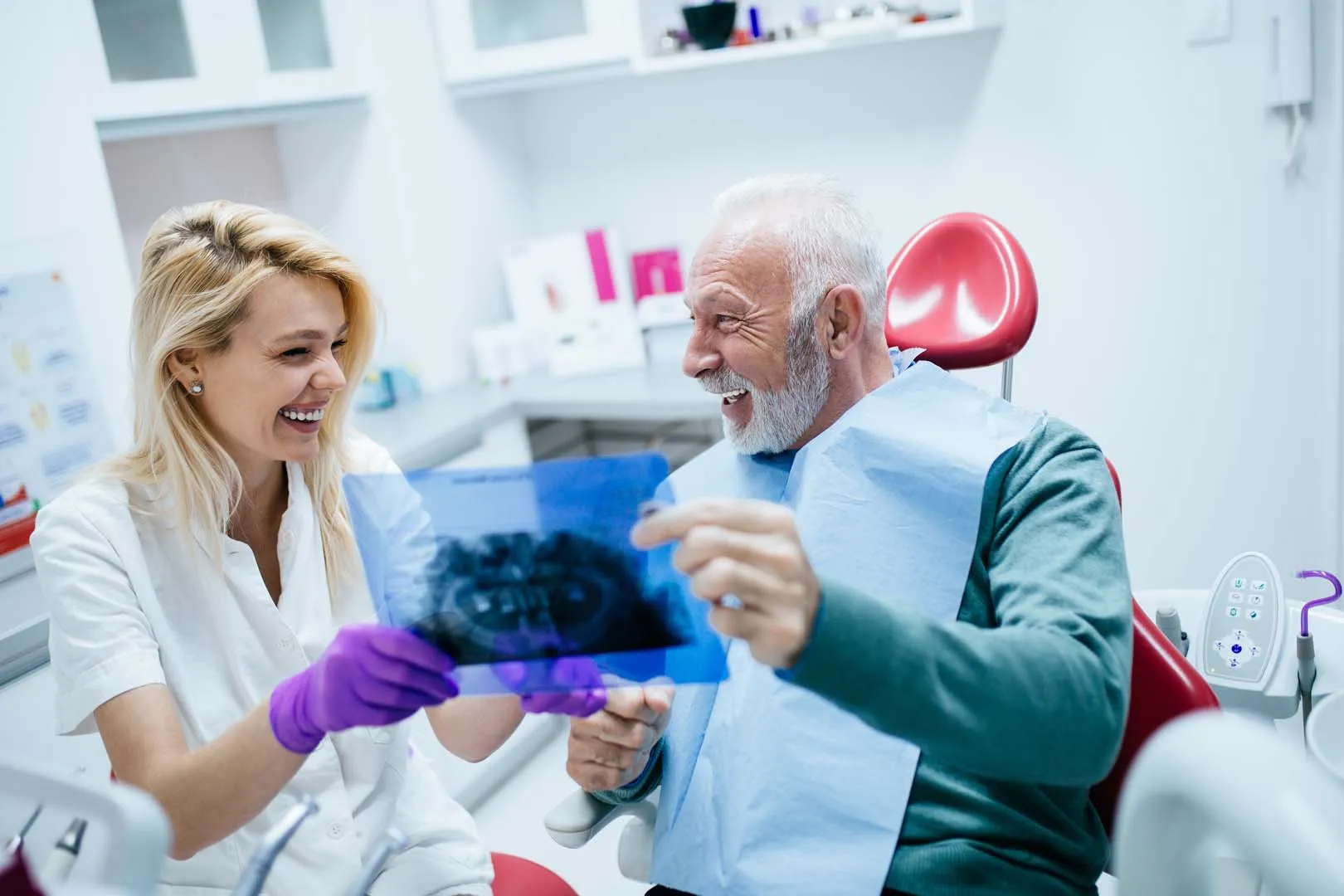
Bone Grafting in Salida, CO
Bone loss in the jaw can affect your ability to get dental implants, change your facial structure, and even impact your overall oral health.

At Relaxation Dental, we offer advanced bone grafting procedures to rebuild lost bone, strengthen your jaw, and restore a solid foundation for future dental work.
If you’ve experienced tooth loss, periodontal disease, or jawbone deterioration, bone grafting may be the first step toward a healthier, stronger smile.
What Is Bone Grafting?
Bone grafting is a minor surgical procedure that replaces lost or weakened jawbone with new bone material. Over time, this stimulates new bone growth, strengthening the area for future dental work or restoring jaw stability after bone loss.
When Is Bone Grafting Needed?
Bone grafting may be necessary for:
- Dental Implants: Ensuring there’s enough bone to securely hold an implant.
- Tooth Extractions: Preventing jawbone shrinkage after removing a tooth.
- Gum Disease Damage: Restoring bone lost due to advanced periodontal disease.
- Facial Structure Support: Preventing sunken facial appearance from bone deterioration.
- Trauma or Injury: Repairing damage from accidents or jaw fractures.
If your jawbone isn’t strong enough for dental implants or other restorative procedures, bone grafting can restore volume and strength.
Types of Bone Grafts
The type of bone graft needed depends on the extent of bone loss and the location of treatment.
1. Socket Preservation (After Tooth Extraction)
- Performed immediately after a tooth extraction to prevent bone loss.
- Bone graft material is placed in the empty socket to preserve jawbone volume.
2. Ridge Augmentation (For Significant Bone Loss)
- Used when the jawbone has shrunk or weakened over time.
- Restores bone height and width to support implants, bridges, or dentures.
3. Sinus Lift (For Upper Jaw Implants)
- Adds bone in the upper jaw below the sinuses to create support for implants.
- Commonly needed if sinuses have expanded into areas of bone loss.
4. Periodontal Bone Graft (For Gum Disease Patients)
- Rebuilds bone around teeth affected by severe gum disease.
- Prevents tooth loss by reinforcing weak jawbone.
The Bone Grafting Procedure
Bone grafting is a straightforward outpatient procedure performed under local anesthesia or sedation for comfort.
Step 1: Consultation & X-Rays
- We take digital X-rays or 3D imaging to assess bone loss and plan treatment.
- We discuss the best type of bone graft for your needs.
Step 2: Bone Placement
- A small incision is made, and bone graft material is placed at the site of bone loss.
- The area is covered with a protective membrane to encourage healing.
Step 3: Healing & New Bone Growth
- Over the next 3-6 months, your body integrates the graft material, creating new, healthy bone.
- Once healed, the site is ready for implants or other restorative work.
Recovery & Aftercare for Bone Grafting
Most patients experience minimal discomfort and recover within a few days. To promote healing:
- Take prescribed medications as directed.
- Use ice packs to reduce swelling for the first 24 hours.
- Eat soft foods and avoid chewing near the graft site.
- Maintain gentle oral hygiene but avoid direct brushing over the area.
- Avoid smoking or alcohol, as they can slow healing.
Bone Grafting & Dental Implants
If you’re considering dental implants, but your jawbone isn’t strong enough, bone grafting can:
- Rebuild the necessary bone volume for a secure implant.
- Prevent implant failure by ensuring proper support.
- Improve long-term success rates for dental restoration.
Once your bone graft has fully healed, we can proceed with dental implant placement to restore your smile and chewing ability.
Restore Your Smile with Expert Bone Grafting
If you've experienced bone loss due to missing teeth, gum disease, or trauma, Relaxation Dental can help rebuild your jaw with safe, effective bone grafting techniques.
Call us at: 719-427-6340
Visit us at: 1222 C Street, Salida, CO 81201


